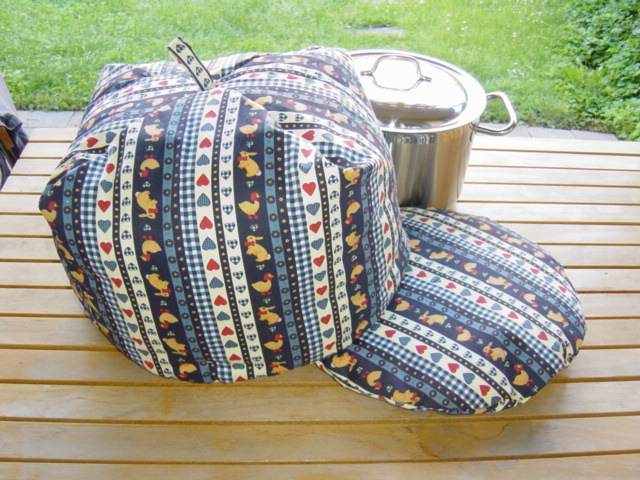atcsat
Well-Known Member
Has anyone done something like this? Any good results?
Mash Tun Cosy
My technique has been use false bottom of 8 gal kettle to protect my bag and keep burner on low to maintain good mash temp. I want to remove the false bottom for more grain space and not use flame to maintain temp. I've tried the towel/blanket/sleeping bag tricks, and they help, but this looks very efficient (more so than Reflectix also).
Mash Tun Cosy
My technique has been use false bottom of 8 gal kettle to protect my bag and keep burner on low to maintain good mash temp. I want to remove the false bottom for more grain space and not use flame to maintain temp. I've tried the towel/blanket/sleeping bag tricks, and they help, but this looks very efficient (more so than Reflectix also).







































